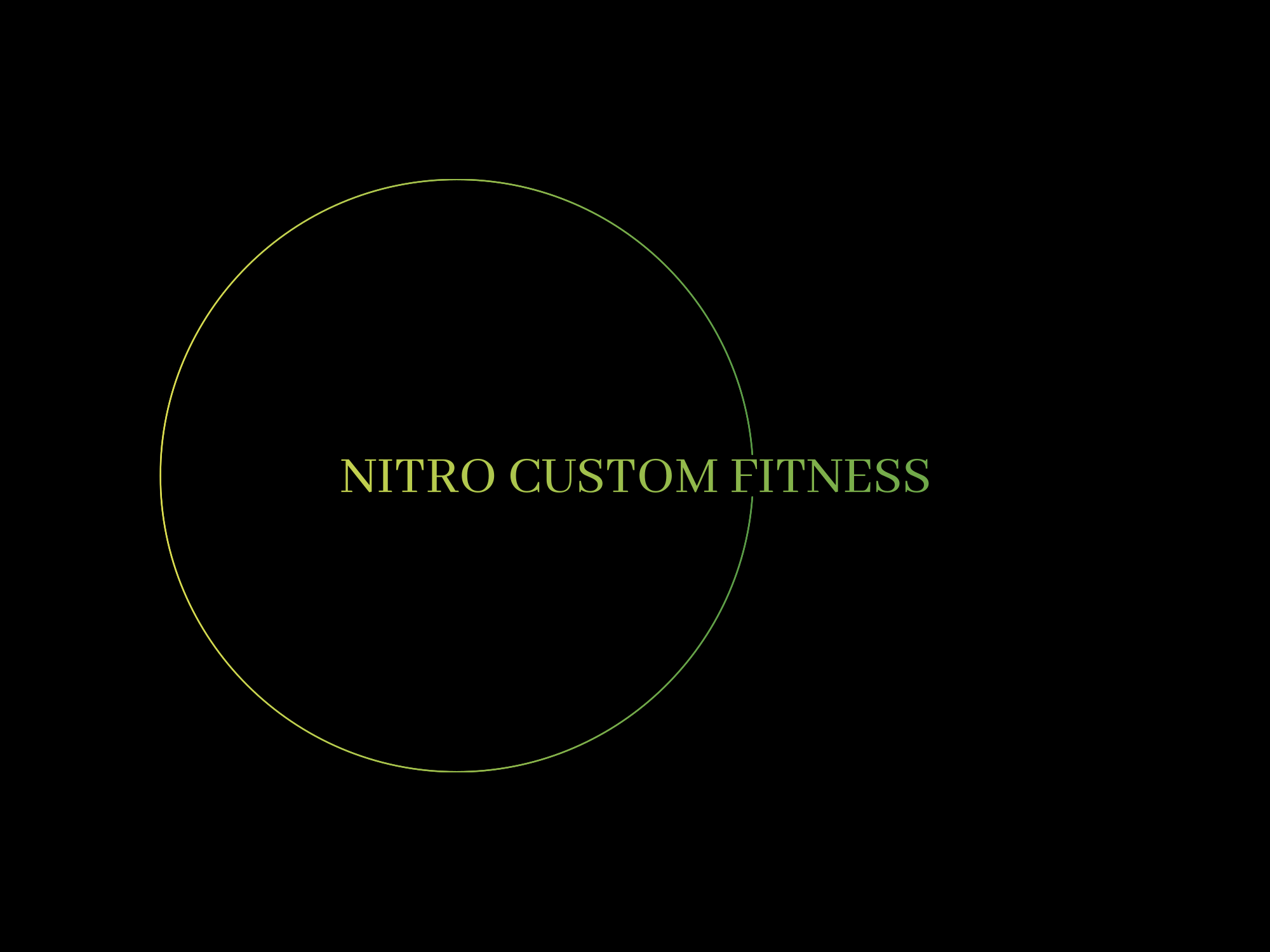In an age where technology is seamlessly integrated into our daily lives, wearable technology has emerged as a game-changer in the fitness industry. From smartwatches to fitness trackers, these devices empower users to monitor their health and performance in real time, enhancing their workout experience and results. But what exactly is wearable technology, and how does it interact with commercial fitness equipment? Let’s explore this fascinating subject.
Understanding Wearable Technology
Wearable technology refers to electronic devices that can be worn on the body, often incorporating sensors and software to collect data about the wearer’s health and activity levels. Common examples include:
– Fitness Trackers: Devices that monitor steps, heart rate, calories burned, and sleep patterns.
– Smartwatches: Multifunctional devices that can track fitness metrics while also serving as a smartphone extension.
– Heart Rate Monitors: Chest straps or wristbands that provide accurate heart rate readings during workouts.
– Smart Clothing: Garments embedded with sensors to measure metrics like muscle activity and body temperature. These devices are typically equipped with Bluetooth or Wi-Fi capabilities, allowing them to sync with smartphones or other devices for data analysis and tracking.
The Integration of Wearable Technology with Commercial Fitness Equipment
The synergy between wearable technology and commercial fitness equipment is revolutionizing the way individuals approach their workouts. Here’s how this integration works:
1. Real-Time Data Syncing: Many modern fitness machines, such as treadmills, stationary bikes, and ellipticals, are equipped with screens that can display data from wearable devices. For example, a user can wear a fitness tracker that monitors heart rate, and the gym equipment displays this information in real time, allowing for more tailored workouts.
2. Personalized Workouts: Wearable devices can collect data over time, allowing users to track their progress and set personalized fitness goals. When paired with commercial fitness equipment, the machines can adjust their settings based on this data, such as modifying resistance levels or suggesting workout routines tailored to the individual’s fitness level.
3. Enhanced Performance Metrics: Wearable technology can provide insights into workout performance that standard gym equipment may not capture. For instance, a runner can use a smartwatch to monitor their pace, heart rate, and distance while using a treadmill, giving them a comprehensive view of their performance in one session.
4. Motivation and Accountability: The integration of wearables with gym equipment can enhance motivation through features like progress tracking, goal setting, and reminders. Many devices offer social sharing options, allowing users to connect with friends or gym communities, fostering a sense of accountability.
5. Data Analytics: Fitness facilities can leverage the data collected from wearables to analyze trends in member performance and preferences. This information can help gyms tailor their offerings, such as group classes or equipment selection, to better meet the needs of their members.
6. Recovery and Health Monitoring: Some advanced wearables can monitor recovery metrics, including heart rate variability and sleep quality. When integrated with gym equipment, users can receive insights on when to push harder or when to rest, promoting a balanced approach to fitness.
Benefits of Using Wearable Technology in Fitness
The combination of wearable technology with commercial fitness equipment offers numerous benefits:
– Improved Engagement: Members are more likely to engage with their workouts when they can see real-time feedback and progress.
– Enhanced Safety: Monitoring heart rates and exertion levels can help users avoid overtraining or injury.
– Greater Customization: Users can receive personalized workout suggestions based on their performance data, leading to more effective training.
– Community Connection: Many wearable devices allow users to connect with others, fostering a sense of community within the gym.
Conclusion
Wearable technology is transforming the landscape of fitness by providing users with the tools they need to monitor their health and performance effectively. When integrated with commercial fitness equipment, these devices enhance the workout experience, offering real-time feedback, personalized training, and valuable insights into overall health. As the fitness industry continues to evolve, the synergy between wearables and gym equipment will undoubtedly play a crucial role in helping individuals achieve their fitness goals and maintain a healthier lifestyle. Embracing this technology not only empowers users but also creates a more engaging and supportive fitness environment.

